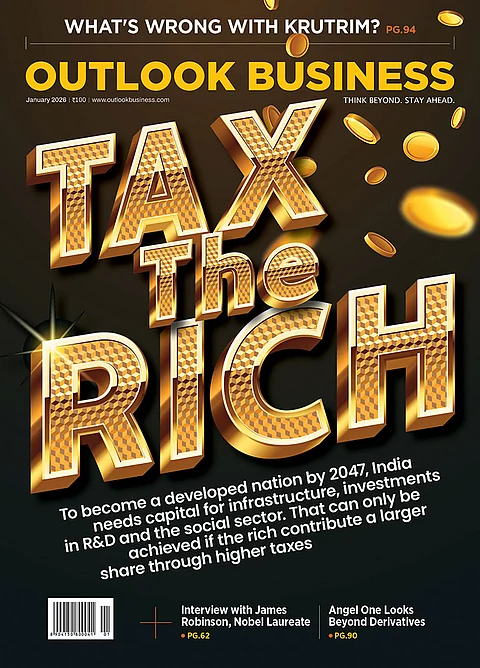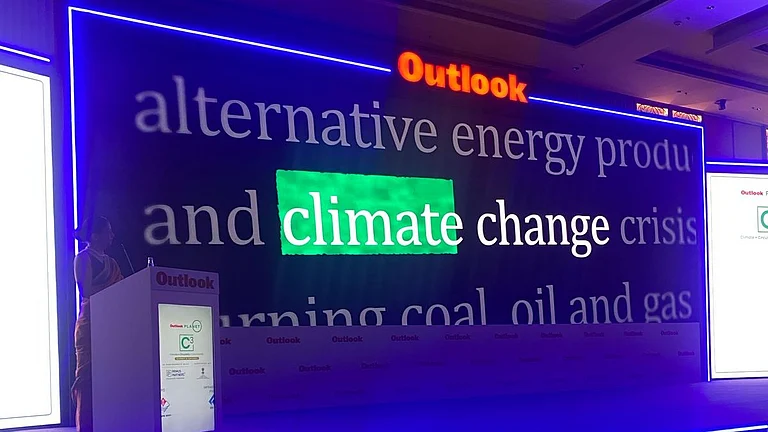India needs around $10trn in capital investment to achieve its net zero goal by 2070, presenting a unique opportunity for the MSMEs (Micro, Small and Medium Enterprises), said Rohit Kumar, secretary general at Carbon Markets Association of India (CMAI). While speaking at a masterclass at Outlook Planet C3 Summit and Award today, he emphasised that MSMEs can turn their emissions into revenue by leveraging the carbon market.
"By selling carbon credits of offsets to larger emitters, MSMEs can establish a new income stream, making it financially feasible to invest in emission reduction projects," said Kumar.
He further added that anticipated carbon credit revenue can serve as collateral for loans or investments, helping MSMEs overcome financial barriers to decarbonisation.
"There is an urgent need to mobilise $10trn capital investment to underscore India's commitment to becoming a net zero nation by 2070," he noted.
He also underscored various benefits that MSMEs can harness by participating in the carbon market from enhancing energy efficiency to long-term cost savings through technology adoption to maintain competitive edge.
India is the third largest emitter of carbon dioxide in the world, just behind China and the United States, with an estimated emission of nearly 2.6 gigatone per annum (gtpa). A major share of it comes from the industry and power sector. The government is committed to reducing CO2 emissions by 50% by 2050.
Sector-wise CO2 estimation including thermal power generation, steel, cement and oil and gas upstream, refineries and chemicals is projected to reach 2291 million tonnes per annum (mtpa) by 2030.
"As the largest emitter of CO2, CCUS [carbon capture, utilisation and storage] in the power sector is essential for meaningful decarbonisation and ensuring energy security in India," Kumar stated, highlighting the need for urgent interventions.
However, Kumar also noted that the net zero journey of MSMEs is hindered by high initial costs, lack of technical expertise, limited access to financing, regulatory barriers, market uncertainty, infrastructure limitations and operational constraints.
































